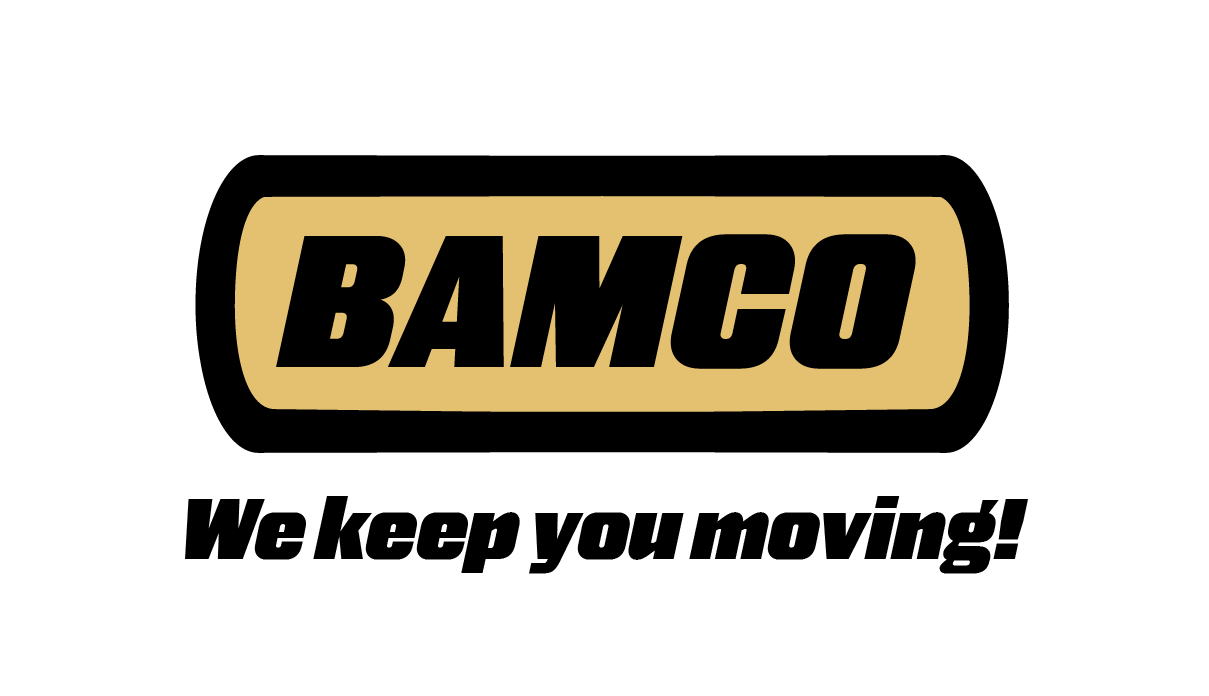For the next couple of Blog posts, we will be covering everything that has to do with folder-gluer machines. We will cover what they are, belts commonly used for these machines, common OEMs, and more.
To start, lets go over what these machines are Folder-Gluers are machines that take a flat material that has been cut by a die and turns it into a finished product by, you guessed it, folding and gluing it. These machines run from anywhere between 200,000 to over a million, depending on how sophisticated the machine is. The variations depend on size limitations, capabilities, and print sections for flexo folder gluers. Industries that use these machines include packaging, printing, and envelope manufacturing.
There are several different kinds of materials that can be used such as paperboard, corrugated board, plastic, metalized varnished boards, microflutes, and more. These materials are used to make boxes, envelopes, bottle holders, and much more. Paperboard and corrugated are the most common materials used in these machines. Despite these materials being the most common ones used, very few folder gluer machines can use both of them well. Generally, paperboard has many more ways that it can be folded and therefore, these folder gluers do more variations of carton styles.
There are two main “types” of folder gluers; folder gluers and flexo folder gluers. Regular folder gluers just join scored and slotted materials together. Blanks are stacked and fed through the folding and gluing sections. The finished product is counted, bundled and ejected. The difference between this and a flexo folder gluer is that the Flexo machine is a straight line system. It also prints, scores, and slots the boxes before doing what regular folder gluers do.
The main sections that most folder gluers have are the; feeder, pre-fold, folding, transfer, and delivery. Die cut and creased blanks are inserted into the machine. The feeder feeds the blanks into the machine and is designed differently for different materials. The folding section does the folds on the material. Guides and rotary hooks are placed throughout the machine to make sure the blank is positioned and folded correctly. The two major kinds of adhesives that can be applied through the process are cold glue and hot melt adhesive. Transfer sections eject the materials that do not fold correctly or have other issues. Lastly, the delivery sections puts pressure to the box stream to make sure the adhesive sticks.
Now this is just a 100 yard view of the information regarding folder gluers. We will go into more detail on how these machines work in later posts. The next post in this series will go into what is important when it comes to selecting belts for these machines.
Works Cited
Corti, Emilio . Folding-gluing process. n.d. October 2021. <https://www.bobst.com/usen/products/folding-gluing/process/>.
Nitta Corporation of America. Paper Converting. Suwanee, n.d. PowerPoint.
Wilcox, Jeff. Choosing the Right Folder Gluer . 17 December 2019. October 2021. <https://postpressmag.com/articles/2019/choosing-the-right-folder-gluer/>.
